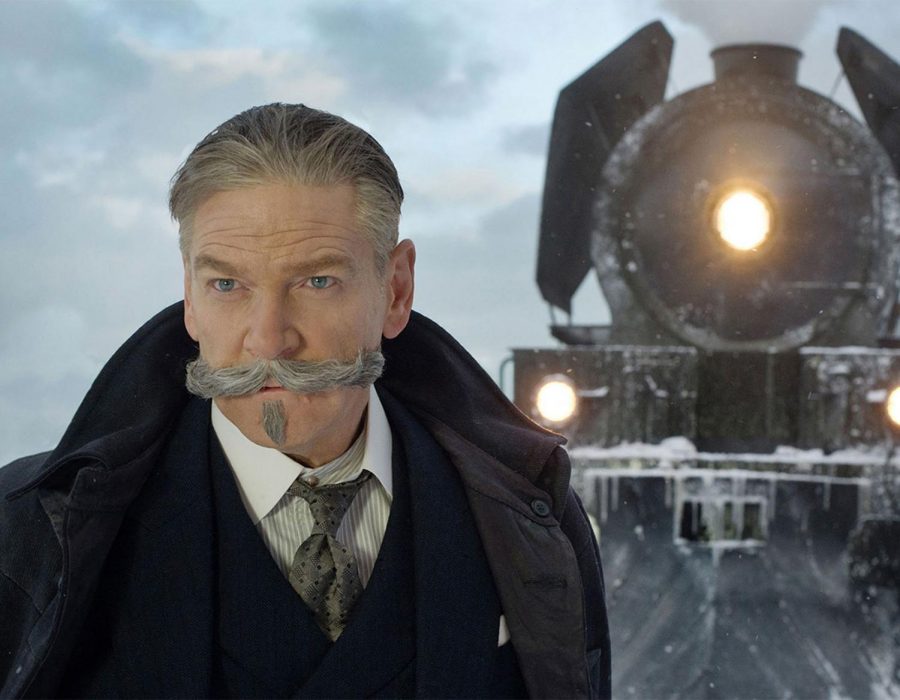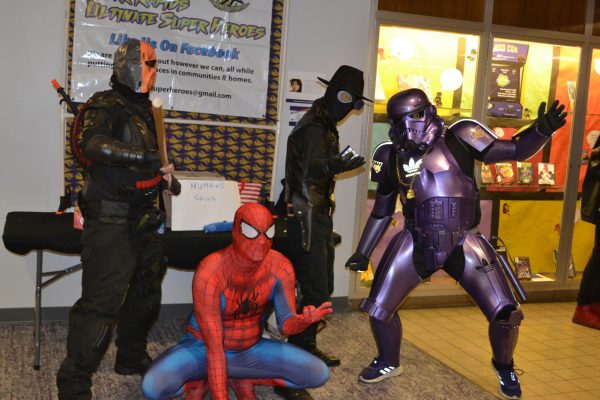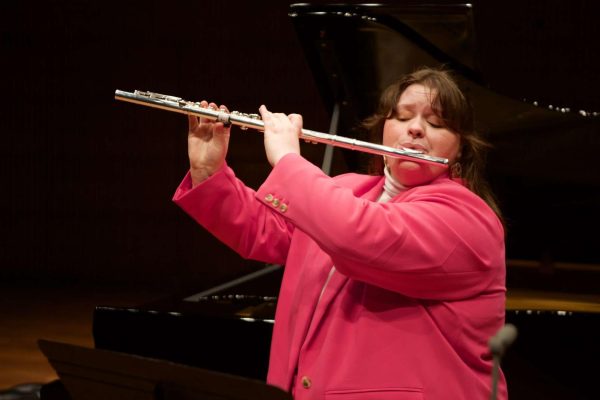‘Express’ remake goes off the rails
“Murder on the Orient Express,” Kenneth Branagh’s remake based on the popular Agatha Christie novel of the same name, has received a 58 percent approval rating on Rotten Tomatoes.
Nov 16, 2017
The year is 1934, and Belgian detective Hercule Poirot is the most famous detective in the world. Shortly after solving a theft in Jerusalem, Poirot boards a train travelling from Istanbul to London, only to soon become embroiled in yet another case after one of the train’s 13 passengers is mysteriously murdered.
Naturally, it is up to Poirot to determine the culprit — an investigation that soon morphs into a tangled web of secrets.
After all, everyone on board is a suspect.
This premise serves as the basis for director Kenneth Branagh’s “Murder on the Orient Express,” the latest film adaptation of the beloved 1934 Agatha Christie novel of the same name.
“Murder on the Orient Express,” which was most famously adapted for the screen in 1974 by director Sidney Lumet, is a truly timeless tale of deception and secrecy. And although Branagh’s retelling of the classic murder mystery is often a visually sumptuous feast for the eyes, the film ultimately fails to add anything of substance to Christie’s acclaimed story.
Directing: 3/5
To its credit, this new iteration of “Murder on the Orient Express” does feature some truly gorgeous visuals — in particular, the many landscape shots of the titular train barreling ahead through a snowy landscape.
And true, while the sheer scope of these compositions are often enough to take one’s breath away, many of these shots appear too artificial to fully impress.
Indeed, “Murder on the Orient Express” relies too heavily on CGI to create its often fantastical images, which unfortunately results in an overall synthetic look to the film.
With that being said, Branagh’s direction is still impressive overall, as his ability to deftly blend shot types adds flavor and interest to some of the film’s otherwise banal scenes of narrative exposition. Whether it be an overhead shot or an intricate inward tracking sequence, Branagh uses a wide variety of directorial tools to visually tell Christie’s story.
And yet, Branagh’s penchant for needlessly complex compositions does sometime detract from the story at hand.
In short, Branagh’s directing style can be accurately summarized as “style over substance” — and often at the expense of substance.
Writing: 2/5
With an adapted screenplay written by Michael Green, this latest reimagining of the Christie classic retains much of the original story’s major narrative beats. Everything from the various passengers’ backstories to the climactic reveal of the murderer remains intact in Branagh’s adaptation.
And perhaps that’s the problem. With the aforementioned 1974 Lumet film already serving as the definitive screen adaptation of Christie’s novel, there is simply not enough to set Branagh’s vision apart.
In fact, one of the only major changes made in this version is the more active role that Poirot (played by Branagh himself) takes on in the narrative.
Poirot not only serves as the main character — and central protagonist — in the film; he also appears to be the only one that possesses any semblance of emotional nuance. Branagh even goes so far as to add a barely explored romantic subplot to his character in a failed attempt to add depth to the adroit detective.
And sadly, this added emphasis on Poirot not only fails to add nuance to the character; it also distracts from the film’s central mystery and the myriad of secondary characters aboard the train.
To be sure, the 12 other passengers on the Orient Express prove to be little more than pawns for Poirot to manipulate in his convoluted chess game of murder and intrigue. The backstories provided for these characters serve nothing more than to advance the narrative and to satisfy Poirot’s attempts to solve the mystery.
Acting: 4/5
Unsurprisingly, the film’s saving grace is the profusely talented range of actors that populate the lavish locomotive. Although the star-studded cast is generally excellent in the limited roles they are given (outside of Branagh’s unnecessarily expanded role as Poirot), a few actors are particular standouts.
Johnny Depp is perfectly cast as the devious businessman Samuel Ratchett. Daisy Ridley is also impressive as the tenacious Mary Debenham in what is one of her first significant roles outside of the Star Wars saga.
However, Leslie Odom Jr. proves to be the film’s most pleasant surprise. Even though the Hamilton cast member and Broadway superstar had little to no major film credits prior to his casting in “Murder on the Orient Express,” he transitions surprisingly well to the silver screen as the upstanding Dr. Arbuthnot.
Overall: 3/5
Despite a supremely talented cast and a more than capable director, “Murder on the Orient Express” doesn’t succeed in building upon past adaptations of the iconic murder mystery.
With too much of an emphasis on visuals and not enough on characterization, Branagh’s film is an initially enjoyable ride that eventually goes off the rails and fails to pull into the station for a satisfying finish.


















